Meet the ferocious-looking minibeasts crawling in their millions, billions and zillions all over Earth
Microscopic tardigrades made the news for crash-landing on the Moon. Earth is teeming with other tiny creatures just as fascinating. Here are a few you won’t be able to stop looking at
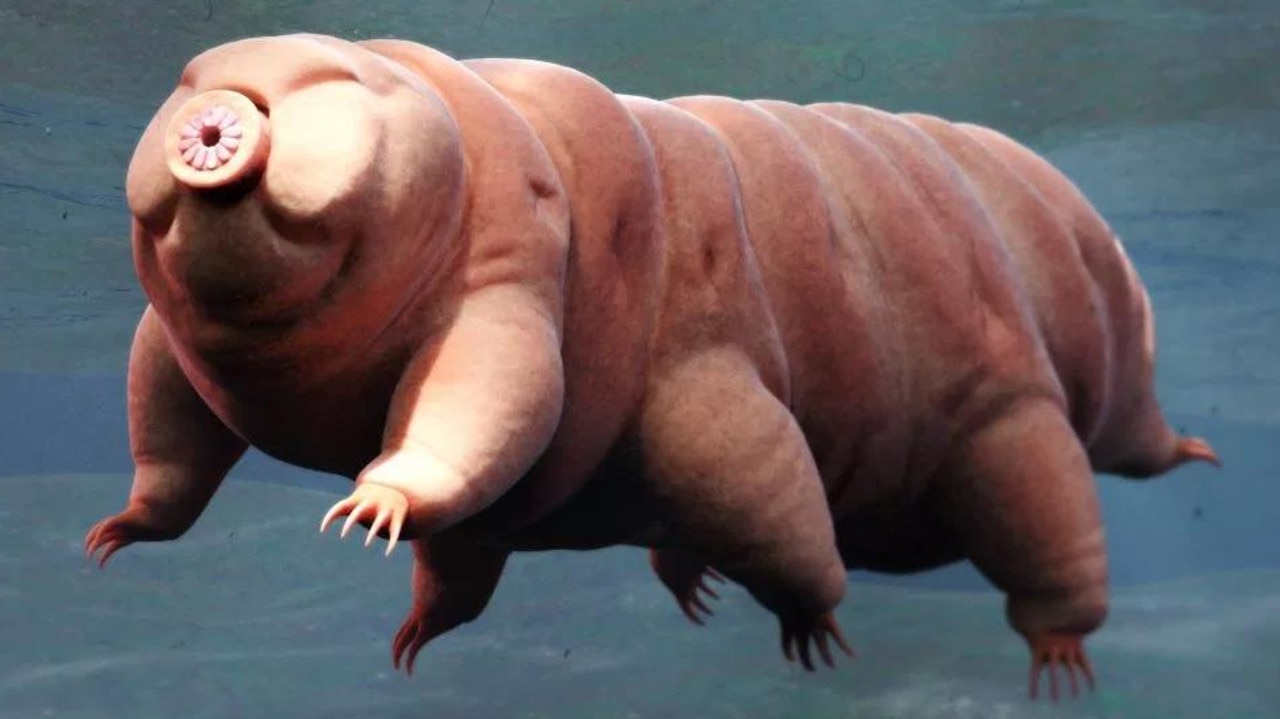
READING LEVEL: GREEN
Tardigrades — also called “moss pigs” or “water bears” — made headlines around the world last week for probably the first time in the 600 million years they’ve been on Earth.
These microscopic*, cuddly looking creatures captured everyone’s attention because a herd of them left Earth and crash-landed on the Moon.
They were aboard an Israeli lunar landing craft called Beresheet that smashed up on the Moon’s surface in April.
Beresheet had a time capsule on board: a book-sized package of back-up items taken to the Moon for safekeeping in case of a disaster on Earth.
The time capsule contained huge amounts of information about humans and a herd of dehydrated* tardigrades that may or may not have survived the crash. No one yet knows.
Tardigrades only grow to 0.5mm long. (Squish together the edge of five pieces of thin copy paper or pages from your writing book and that’s about 0.5mm.)
But when you look at them with a microscope they’re absolutely fascinating.
They’re not the only ones. Earth is teeming* with insects and other microscopic animals that are incredible to study up close.
Here are some we can’t stop looking at. Which do you like best? Which would be the scariest if it wandered towards you and was the size of a dog or an elephant?
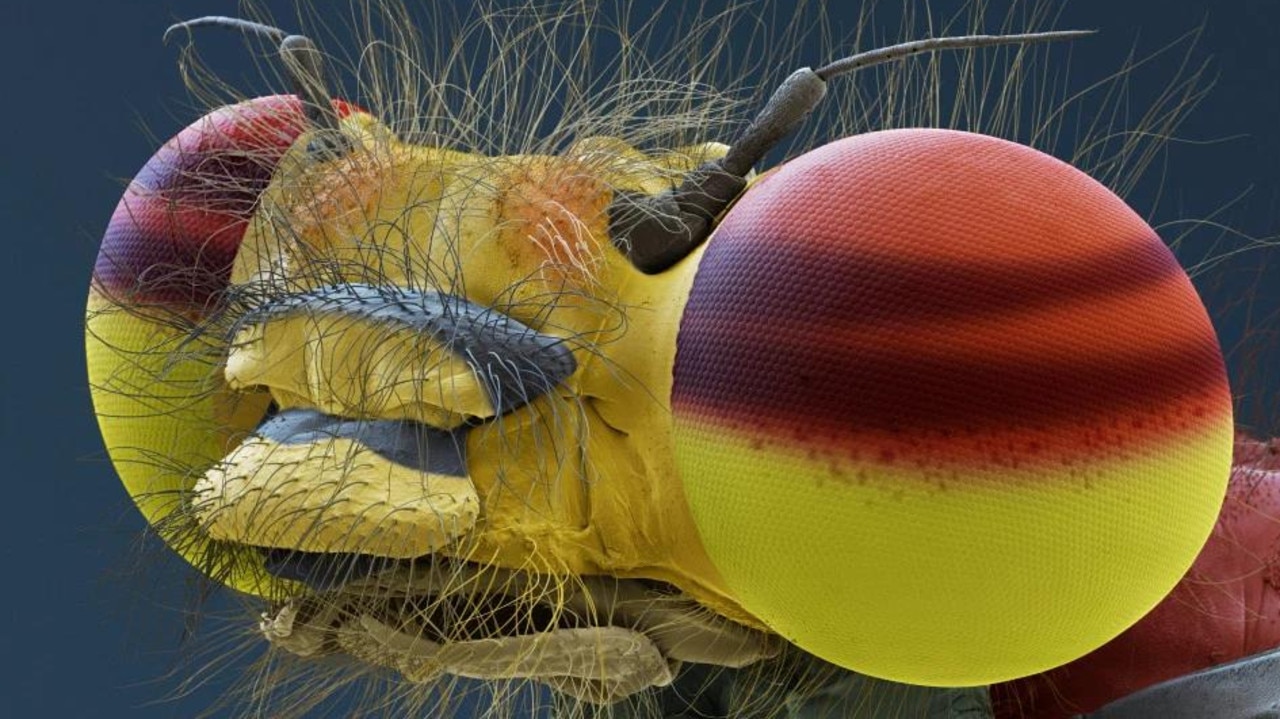
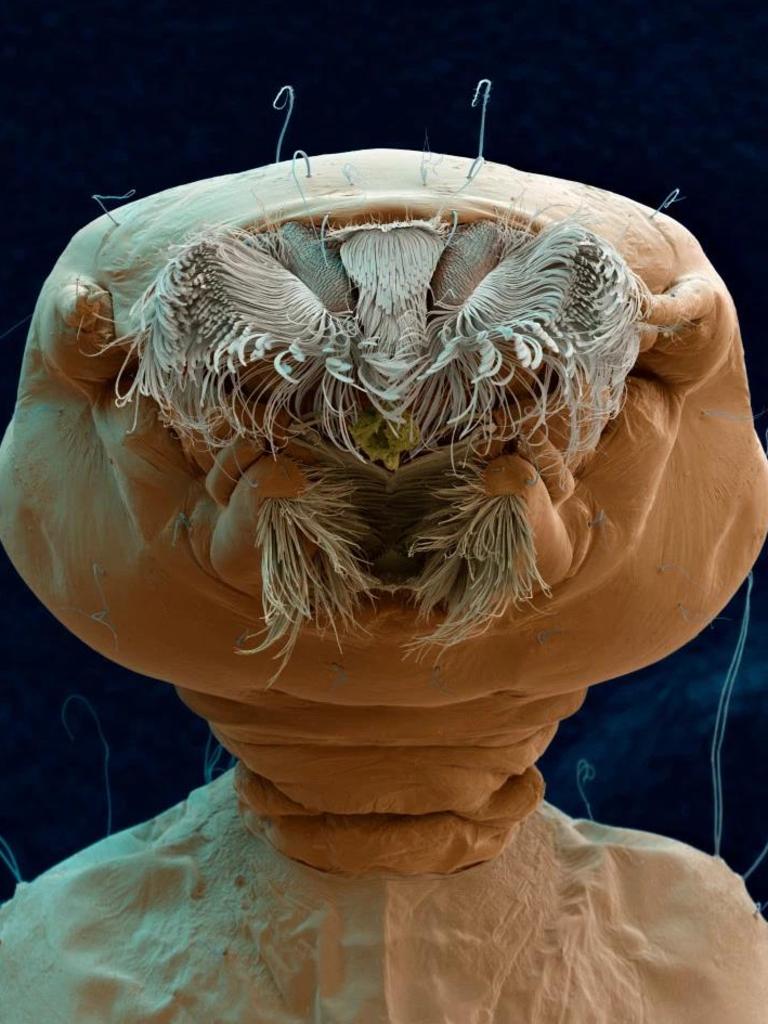

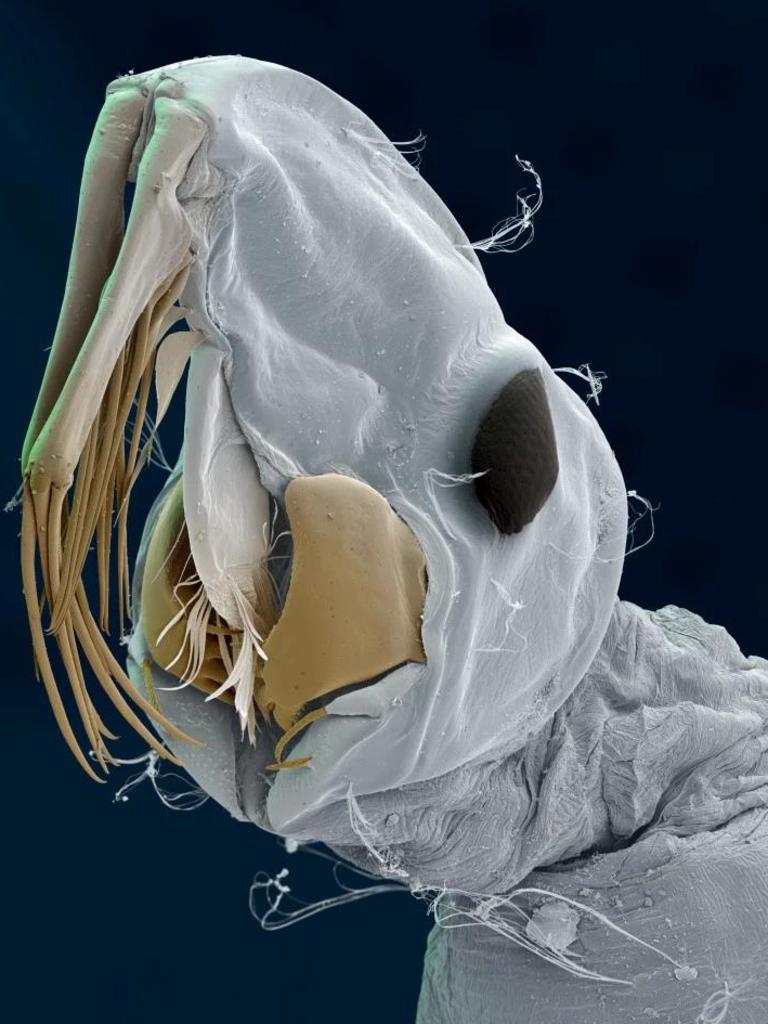
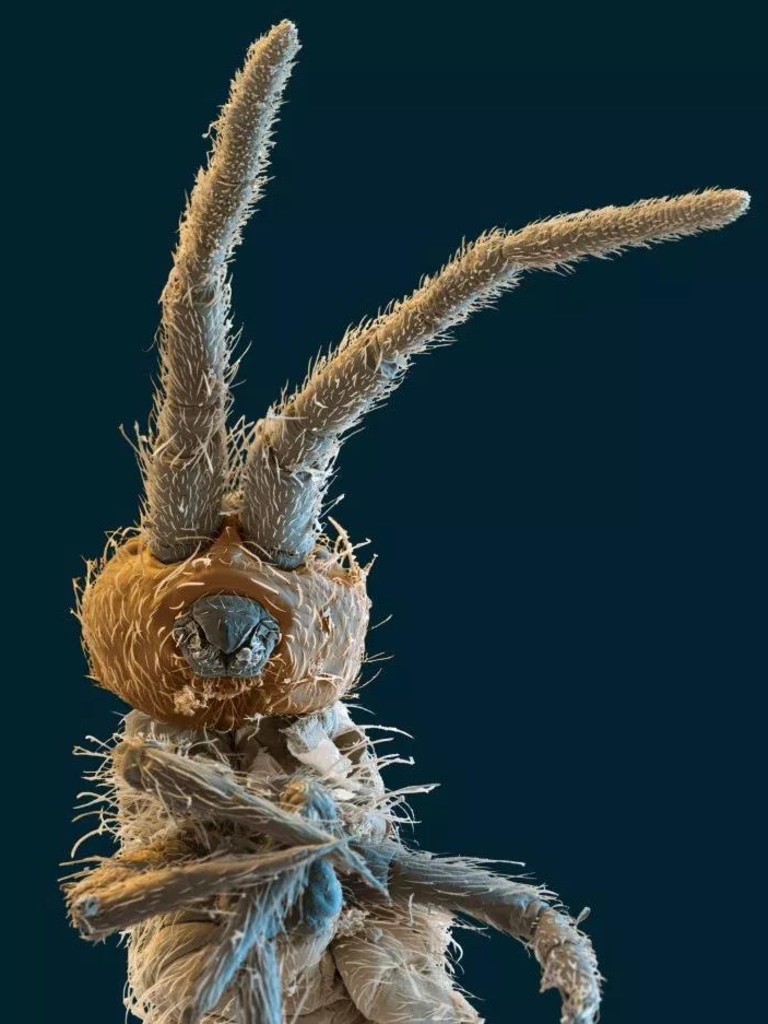
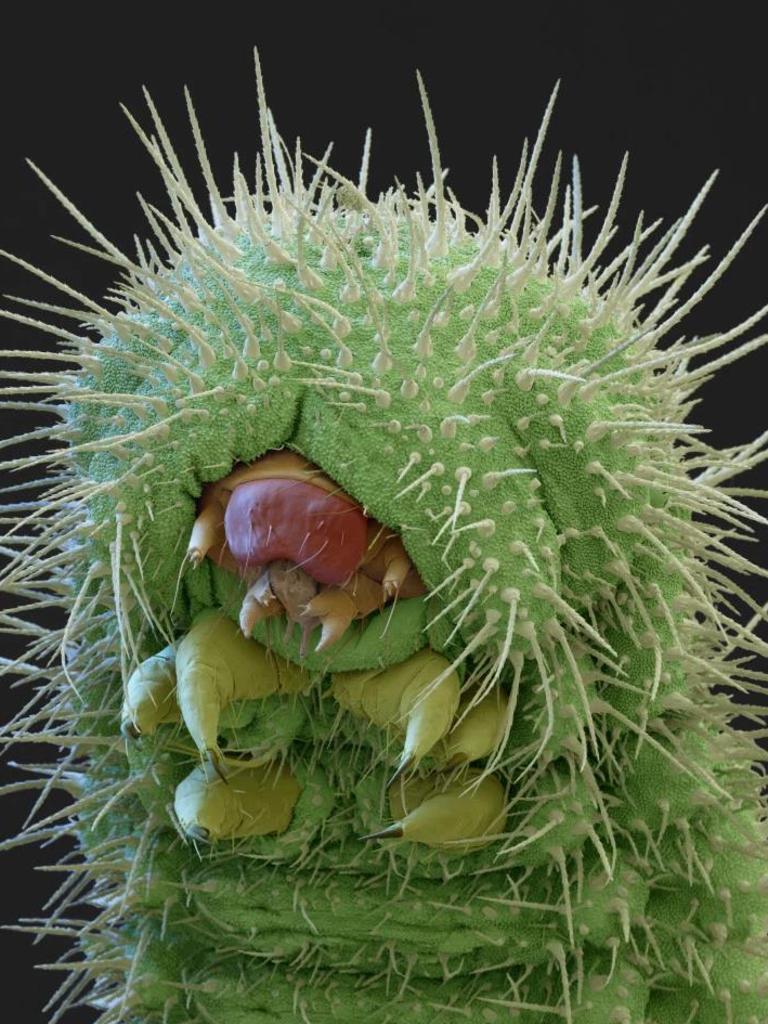

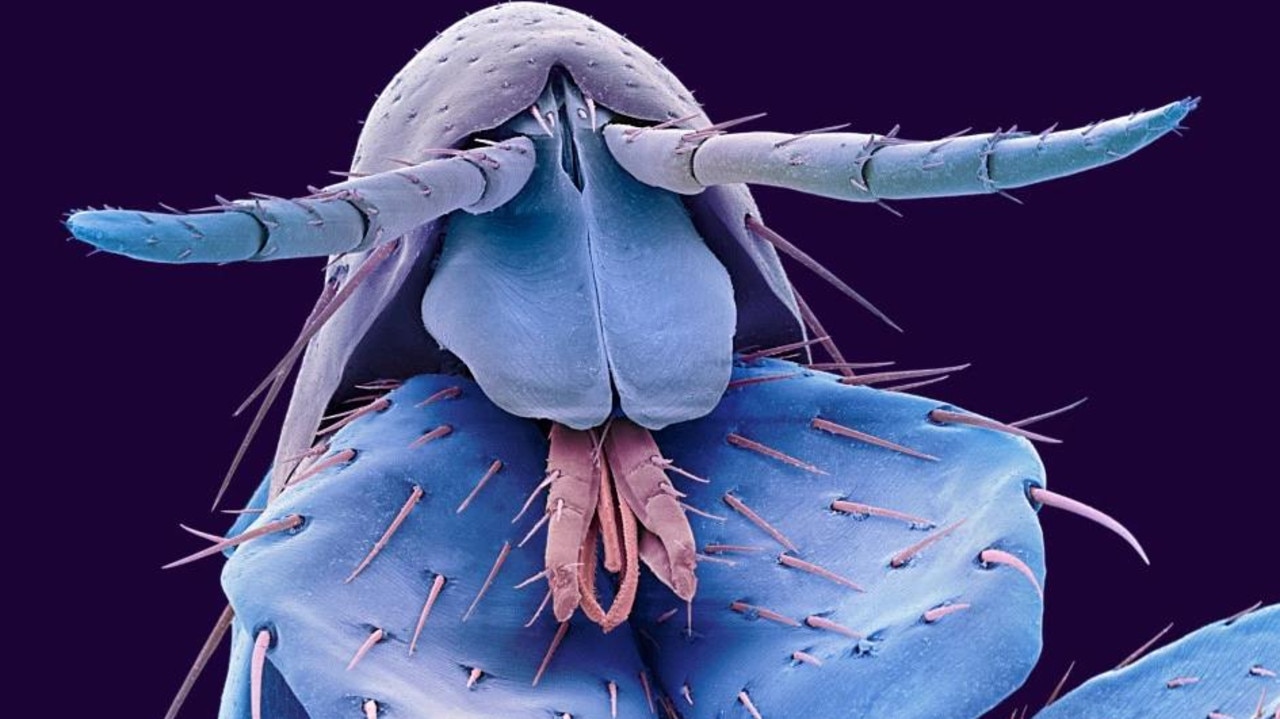
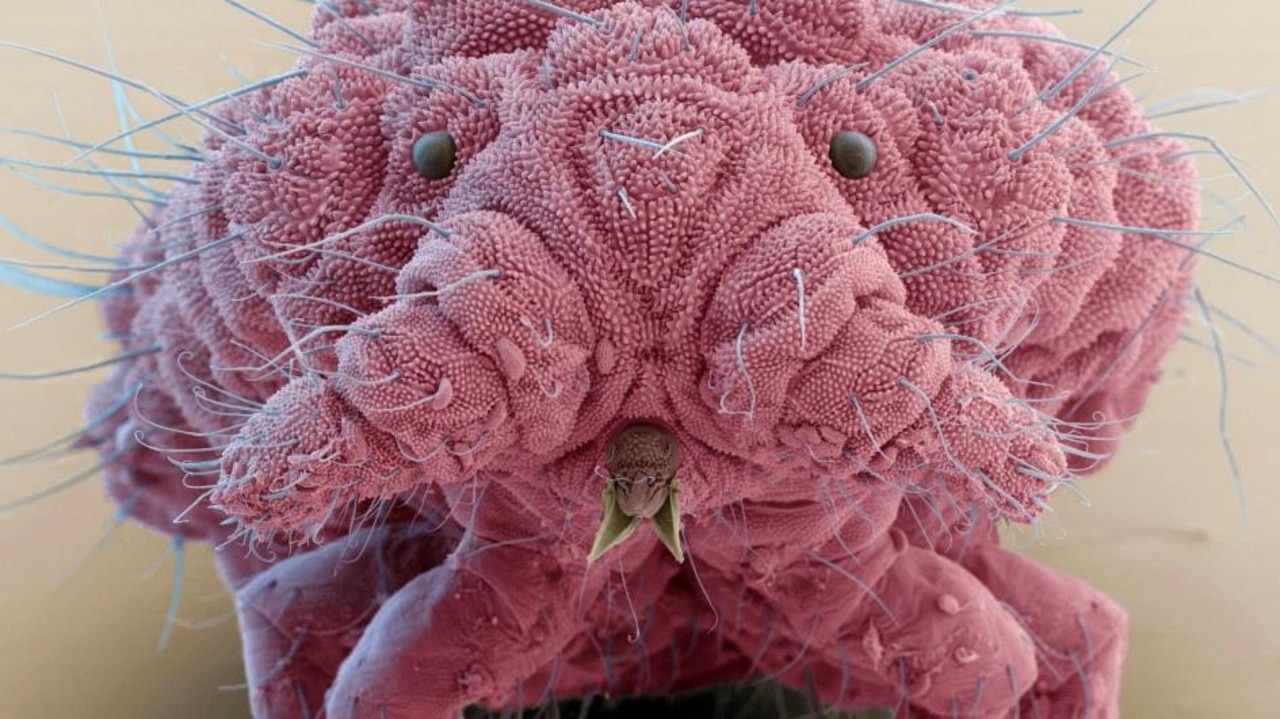
This story was first published in The Sun and was reproduced here with permission.
GLOSSARY
- microscopic: so small can only able to be seen in detail with a microscope
- dehydrated: dried out
- teeming: be full or swarming with
EXTRA READING
Herd of Earth’s toughest animals left on the Moon
Photos capture hidden world of tiny life forms
Loud, giant insect hatches after years underground
Scientists discover ‘headless chicken monster’
QUICK QUIZ
- What was the name of the lunar lander that crashed?
- List the three names mentioned for the microscopic creatures now on the Moon.
- What special skill does a Springtail have?
- How does the blue flea get its dinner?
- What transmits the zika virus?
LISTEN TO THIS STORY
CLASSROOM ACTIVITIES
1. Description writing
These microscopic creatures have to be seen to be believed! But how would you describe them to somebody who hasn't seen them? Choose one of the animals and write a vivid description of its appearance. Make your description as detailed as you can - think about the features and their positioning, shapes, colours and textures that you see. Perhaps there are elements of the creature that remind you of something else - you could use metaphor or simile to capture these similarities.
Time: allow 25 minutes to complete this activity
Curriculum Links: English
2. Extension
Transform the creature you wrote a description of into a character for a story. Give it a name that you think suits, decide on the character traits, strengths and weaknesses you think it would have and sketch a picture storybook version of it.
Time: allow 15 minutes to complete this activity
Curriculum Links: English
VCOP ACTIVITY
Adopt a Critter
Dr. N. Larger has just created a growing machine. It will allow you to zap any critter and grow it to the size of a small dog.
Pick an animal and write a persuasive letter to your parents convincing them to let you adopt one of the critters pictured as a pet. Which one do you choose and why?
Remember to use your VCOP skills to capture their attention and convince them of your ideas.
HAVE YOUR SAY: Which is your favourite microscopic creature? Which would you least like to meet if it was the size of a dog or an elephant?
No one-word answers. Use full sentences to explain your thinking. No comments will be published until approved by editors.

